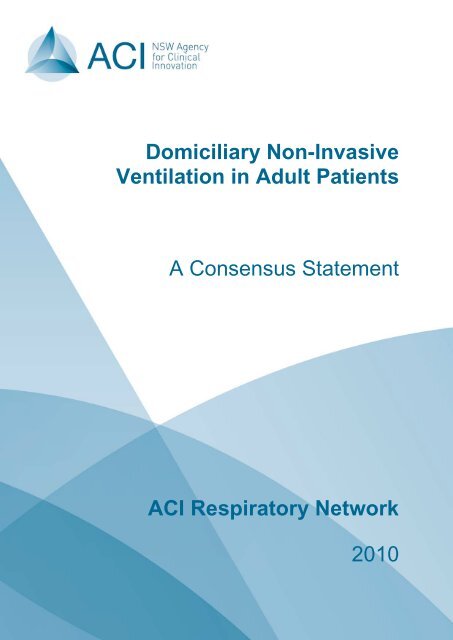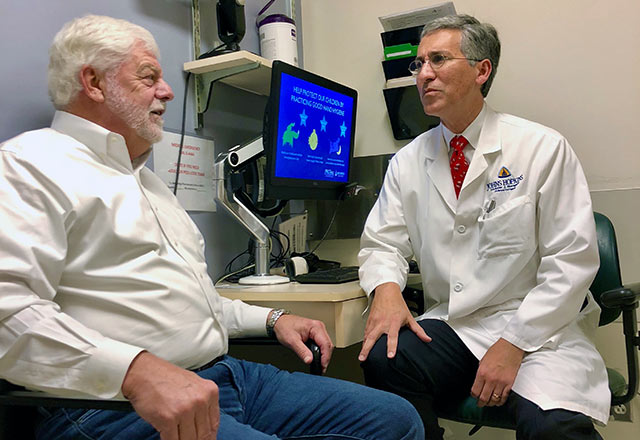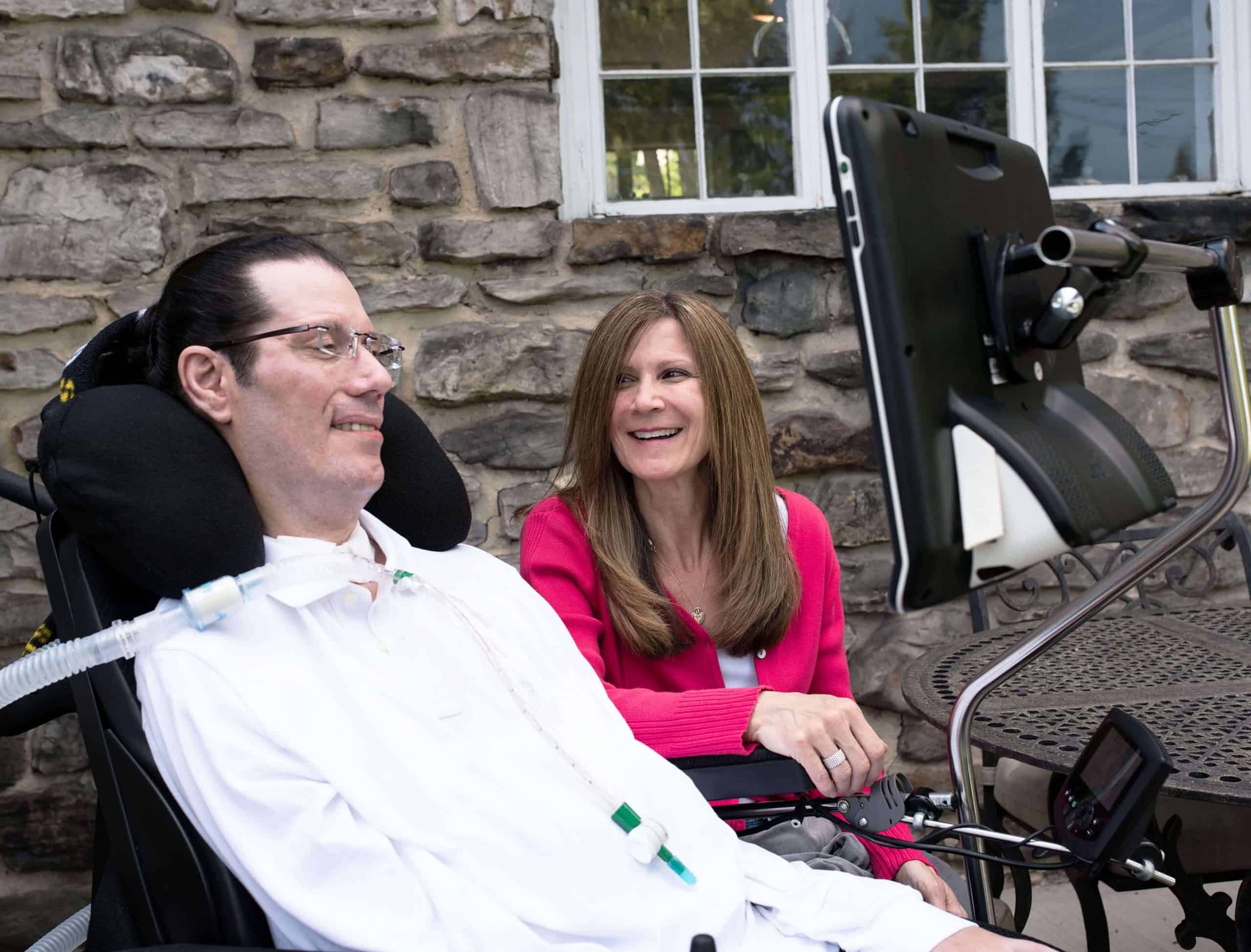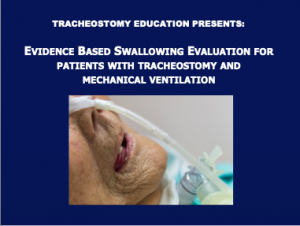end stage als on ventilator
Neuromuscular respiratory failure is the most common cause of death in patients with amyotrophic lateral sclerosis als usually within two to five years of the disease onset. When they disconnected me I could not breath at all.

Challenges Of Respiratory Care In Patients With Als
The muscles that aid in moving air in and out of the persons lungs are severely compromised.

. Other symptoms at this stage typically include things like cramping as well as muscle twitching known as fasciculations stiffness and tightness known as spasticity. Most patients lived from two-and-a-half to five years. Muscle cramping and twitching fasciculation occurs as does loss of muscle bulk atrophy.
ALS is a relentlessly progressive disorder. Background Respiratory failure is the most common cause of death from amyotrophic lateral sclerosis ALS. End stage als on ventilator.
The Montgomery Hospice of Maryland states that patients in the final stages of ALS have shortness of breath even at rest 1. Ability to breathe and to a lesser extent ability to swallow. The neurologist who diagnosed Gallegos with ALS in November 2015 cited research on average survival rates.
The sixth stage is typically known as the end or late stage. In this review we summarize the most important recent developments and insights including evidence of efficacy indication criteria and time of initiation ventilation parameters and. Ability to breathe and ability to swallow.
The use of assisted ventilation. Except for rare patients who present with respiratory failure respiratory muscle weakness develops insidiously during the course of the disease. Ventilation via a tracheostomy is performed in approximately 6 of ALS patients in Norway.
I do not know what hi pressure ventilation is so cant comment on that. People with ALS to recover breathing function on their own after being intubated the decision to discontinue invasive ventilation will result in respiratory failure o Invasive ventilation is regarded as the most reliable means of delivering air to the lungs at an advanced stage of ALS o A problem with invasive ventilation is. The ability to communicate even when locked-in will perhaps change ALS patients attitudes toward the decision about whether or not to take a ventilator.
They reported the patients physical and emotional symptoms preferences for end-of-life care completion of advance directives. There is now clear clinicopathological overlap between ALS and frontotemporal dementia and with rigorous neuropsychological testing it may be possible to demonstrate mild cognitive impairment in up to 50 of patients. Breathing must eventually be assisted by using a BiPAP machine and then a mechanical ventilator.
Since most voluntary muscles are deadened even those engaged with breathing become more fragile. Most ALS patients will be on the ventilator 247 though some patients can disconnect for short periods of time during the day. Amyotrophic lateral sclerosis is one of the few diseases in adults where it is possible to prolong the patients life after the disease has reached the final stage where it is no longer possible to survive without advanced medical interventions.
To study the health care experiences and palliative care needs of patients with ALS in their final month of life. Late Stages of ALS. Creating Advance Directives There are pre-existing advance directive forms that you can fill out with your information and your preferences.
The person will need help in most of their personal daily functions. Jessie Barnes still experienced a quality of life as her ALS progressed. Deciding to discontinue medical support for a patient coping with end-stage ALS affects the.
Again patients who decline artificial ventilation are offered comfort and end-of-life care. In end-stage ALS two factors are critical in determining prognosis. I can say that I use Non Invasive Ventilation NIV.
Mobility by this point is severely limited. Italian researchers found that ALS patients who were treated with tracheostomy-intermittent positive-pressure ventilation TIPPV had a median survival rate of 49. Within that window is likely to.
In ALS feeding tubes can be a normal part of treatment. The body becomes unfit to get sufficient air for breathing. Early stages Muscles Muscles may be weak and soft or they may be stiff tight and spastic.
Approximately 100 years ago before the advent of antibiotics pneumonia was considered a fatal disease and certainly it can still be but we do not tell the patients it is a fatal disease. Hence a doctor can provide breathing via ventilators in the late and final stages. By the final stages of ALS most voluntary muscles have been paralysed.
Requests for assisted dying. In most cases once you are on a ventilator you will need to get your nutrition liquids and medication through a feeding tube. The family of Jessie Barnes was honored to be the leadchair family for the Walk to Defeat ALS in Richmond VA on October 23 2010.
If a patient meets the medical criteria above they are by definition eligible to receive hospice services. The device I use is a Resmed Astral 150 ventilator. By living while alive Sherris mother Mrs.
Caregivers of decedent patients with ALS completed a single survey focused on the final month of life. Hospice-eligible patients are those who have chosen to forego supportive ventilation artificial hydration and nutrition. Obviously there is no trach involved.
2 The study asserted that TIPPV is a relatively safe intervention that allows long-term survival for patients with respiratory failure who cannot tolerate or have contra-indications for NIV Furthermore. In end-stage ALS two factors are critical in determining prognosis. G-tubes and ventilator support prolonged life expectancy.
Your search for comfort support and answers becomes more difficult when you face decisions about feeding tubes or breathing machines ventilators. Death from ALS is usually caused by respiratory failure due to the muscles that allow for breathing becoming paralyzed. This allows most patients families and clinicians time to carefully discuss the options for ventilatory support before such.
The rate of progression between individuals is variable and the history generally reflects gradual and progressive worsening over time until death occurs. Both non-invasive and invasive ventilation can ease breathing but ALS will continue to progress. The first time I tried NIV I used it for about 10 minutes.
Another common ALS treatment is the use of tracheostomy ventilation to provide air to the lungs in the later stages of the disease. Non-invasive ventilation NIV has become an important cornerstone of symptomatic treatment in amyotrophic lateral sclerosis ALS improving survival and quality of life.

Domiciliary Non Invasive Ventilation In Adult Patients Agency For

Noozhawk Com Your News And Information Source

Rifton Surviving Als With The Help Of Mobility Aids

Als And Tracheostomy Tracheostomy Education

Amyotrophic Lateral Sclerosis Als Johns Hopkins Medicine

File John East Als Frsr Png Physiopedia

Rifton Surviving Als With The Help Of Mobility Aids

Challenges Of Respiratory Care In Patients With Als

Als And Tracheostomy Tracheostomy Education

Als And Tracheostomy Tracheostomy Education

End Stage Diseases Common In Hospice Harrison S Hope

Passy Muir Valve For Als Patients Alstreatment Com

Challenges Of Respiratory Care In Patients With Als

Ventilation Of Patients With Amyotrophic Lateral Sclerosis Tidsskrift For Den Norske Legeforening
